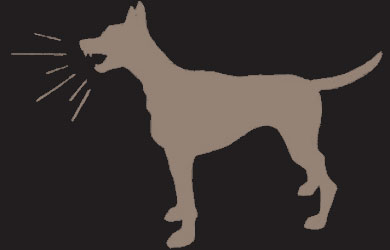I can only take small doses at a time, but I am continuing to labor manfully away at getting through The Next Reformation by Carl Raschke. What a piece of turgid work!
After telling us that Nietzsche was grossly misunderstood (fair enough) and pointing out that he was not responsible for various Third Reichian applications (debateable), Raschke then goes on to credit the philosopher Heidegger with the “inaugural insight of postmodernist thought.” The problem here is that Heidegger was at worst a Nazi, and at best a Nazi sympathizer, and one who remained unapologetic about it until his death. At the very least, those who say they are resisting rarified idealism (“ideas in the sky”) should explain to us how the palpable Nazism of the patron saint of postmodernism is supposed to be irrelevant.
Raschke’s book is flimflam philosophy at its worst. He uses words like messianicity. He writes patronizingly down to all of us rubes and cornpones, just like Shift the ape describing semiotics to Puzzle the donkey. “‘No, no,’ said the Ape (whose mind worked very quickly). ‘It’s a sign the other way . . . And please don’t let us have any more arguing. You know you don’t understand these things. What could a donkey know about signs?'”

